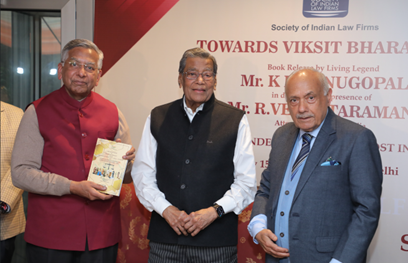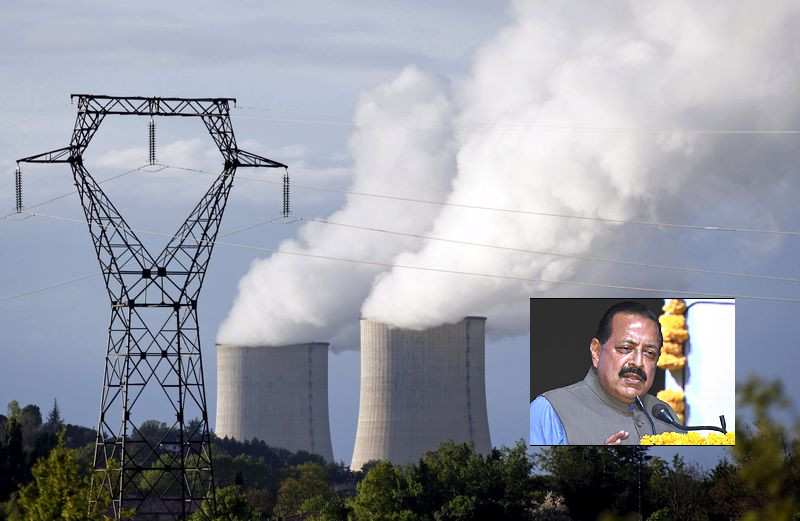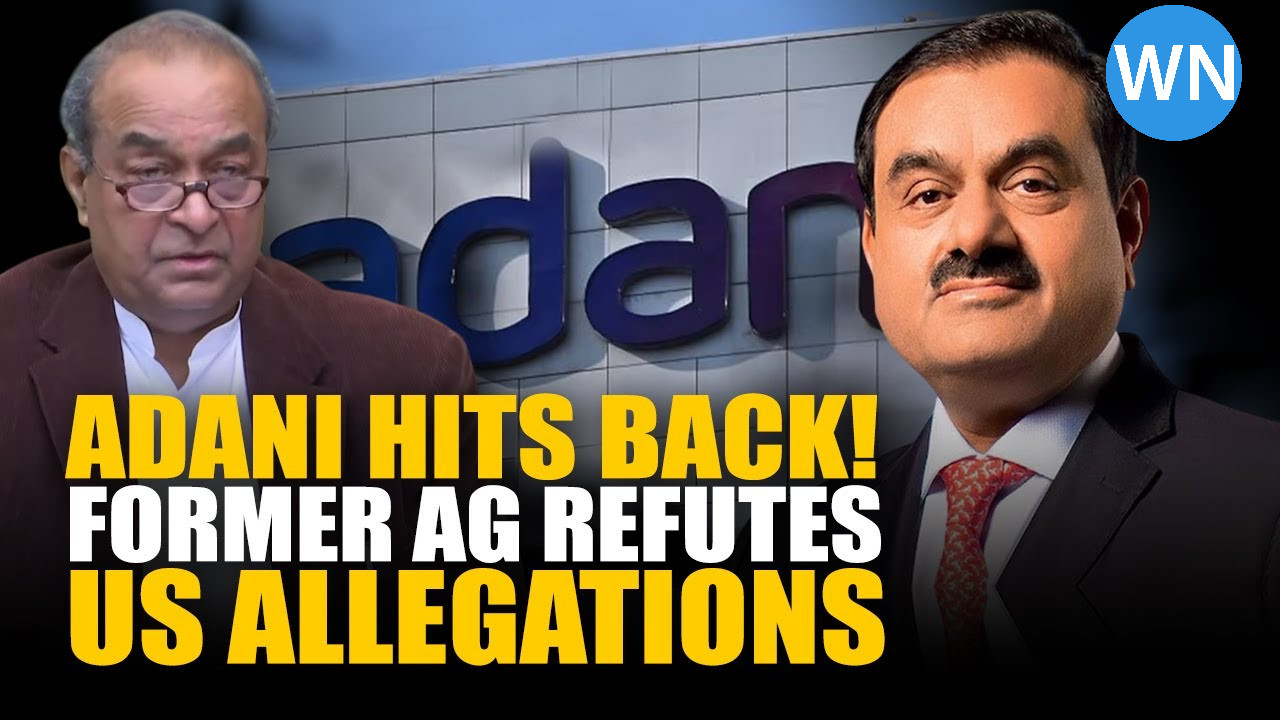RBI MPC meeting: The Reserve Bank of India (RBI) maintained the repo rate at 6.5% while reducing the Cash Reserve Ratio (CRR) to 4%. The RBI acknowledged a growth slowdown, revising the GDP forecast to 6.6% and increasing the inflation estimate to 4.8%.
The Reserve Bank of India (RBI) raised its inflation forecast for fiscal year 2025 to 4.8% due to a surge in food prices. Retail inflation hit 6.2% in October. While near-term inflation remains high, the RBI expects moderation in the fourth quarter due to easing vegetable prices and strong harvests. The RBI maintained its benchmark repo rate at 6.
China imposed sanctions on 13 US military companies and six executives following US arms sales to Taiwan and President Lai Ching-te's US transit. Beijing views the $385 million arms deal, including F-16 support, as a threat to its sovereignty and opposes Taiwan's leader's foreign interactions, considering Taiwan its territory.
The Reserve Bank of India has partially reinstated ATM cash retraction to combat new ATM fraud involving fake slot covers. This feature, disabled in 2012, allows ATMs to retrieve uncollected cash, protecting customers.
Airbus is cutting roughly 2,000 jobs, about 5% of its Defence and Space division, due to losses in its satellite business and increased competition. No forced redundancies are planned. Germany will see the most cuts, followed by France and Britain.
Stock market today: BSE Sensex and Nifty50, the Indian equity benchmark indices, rallied strongly in afternoon trade on Thursday. While Sensex reclaimed the 82,000 level briefly, Nifty50 moved above 24,800.
Indian stock markets opened slightly lower on Thursday, continuing a downward trend driven by corporate earnings downgrades, higher inflation, and foreign fund outflows. Analysts suggest the downturn might persist until February, influenced by the "Trump Anticipation Trade" impacting global markets. However, some experts believe a market reversal could occur after Trump's inauguration.
India's wholesale price inflation accelerated to a four-month high of 2.36% in October, driven by surging food prices, particularly vegetables. While fuel and power costs declined, food inflation soared to 11.59%, impacting potatoes and onions significantly. This surge follows a similar trend in retail inflation, posing potential challenges for the Reserve Bank of India's monetary policy stance.
The Indian rupee weakened to 84.40 against the US dollar due to foreign fund outflows and strong dollar demand. Rising inflation and the RBI's intervention efforts, which have impacted forex reserves, contribute to the pressure. Despite market interventions, the rupee's depreciation continues, with analysts closely watching the 84.50 level as a potential turning point.






